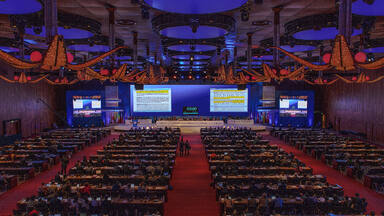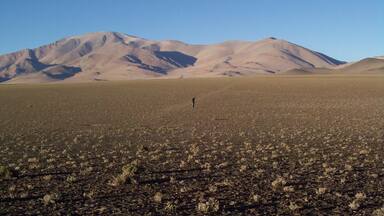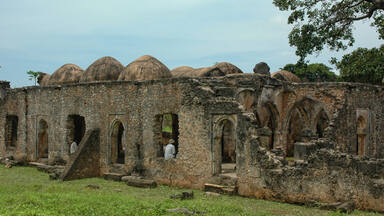Myanmar’s first site inscribed to World Heritage List

Doha, 22 June –Myanmar made its entry onto the World Heritage List today, with the inscription of its first site, Pyu Ancient Cities. The World Heritage Committee, meeting in Doha (Qatar) under the Chair of Sheikha Al Mayassa Bint Hamad Bin Khalifa Al Thani, also inscribed Iran’s ‘Burnt City” on the List.
Pyu Ancient Cities (Myanmar) includes the remains of three brick, walled and moated cities of Halin, Beikthano and Sri Ksetra located in vast irrigated landscapes in the dry zone of the Ayeyarwady (Irrawaddy) River basin. They reflect the Pyu Kingdoms that flourished for over 1,000 years between 200 B.C and 900 A.D. The three cities are partly excavated archaeological sites. Remains include excavated palace citadels, burial grounds and early industrial production sites, as well as monumental brick Buddhist stupas, partly standing walls and water management features – some still in use - that underpinned the organized intensive agriculture.
Shahr-i Sokhta (Iran), meaning ‘Burnt City’ is located at the junction of Bronze Age trade routes crossing the Iranian plateau. The remains of the mud brick city represent the emergence of the first complex societies in eastern Iran. Founded around 3200 BC, it was populated during four main periods up to 1800 BC, during which time there developed several distinct areas within the city. These include a monumental area, residential areas, industrial zones and a graveyard. Changes in water courses and climate change led to the eventual abandonment of the city in the early second millennium. The structures, burial grounds and large number of significant artefacts unearthed there, and their well-preserved state due to the dry desert climate, make this site a rich source of information regarding the emergence of complex societies and contacts between them in the third millennium BC.
These two inscriptions bring the total number of World Heritage sites to 994.
The 38th session of the World Heritage Committee began on 15 June and will continue through to 25 June.
Documents
UNESCO Media Contact in Doha
Sue Williams,
+33(0)6 15 92 93 62 or +974 503 16609
s.williams@unesco.org
Follow @UNESCO on Twitter using the hashtag #WorldHeritage
Follow us on Facebook












